Recreating the Country blog |
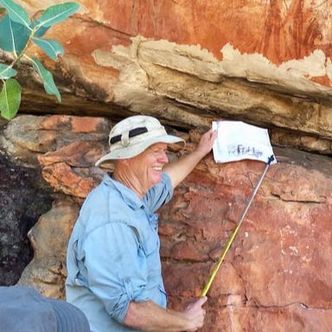 Gib Wettenhall explaining indigenous rock art in the Kimberley region of Western Australia Gib Wettenhall explaining indigenous rock art in the Kimberley region of Western Australia Guest blogger and poet for September is Gib Wettenhall. Gib is a an award winning author, journalist, editor, publisher and advocate for preserving indigenous cultural heritage. His view is that; "the 60,000 year-old Indigenous heritage we have inherited makes Australian landscapes as much cultural as natural". He is the author of The People of Budj Bim written in collaboration with the Gunditjmara people of south-west Victoria, which in 2010 was Overall Winner of the Victorian Community History Awards. Also, the author of The People of Gariwerd, the Grampians’ Aboriginal history, which has gone through three print runs. He is currently writing and producing the 3rd in a series of booklets for the Yirralka Rangers, titled Keeping Country, on the bi-cultural approach adopted by this Indigenous land management group in north-east Arnhem Land. As a publisher, he has edited many books, including Stephen Murphy’s Recreating the Country and Tanya Loo’s nature journal set in the Wombat Forest, Daylesford Nature Diary, which reintroduces a six season Indigenous calendar for the foothill forests. In 2006, he wove the Indigenous heritage of the Grampians Ranges into the essays published in a high quality landscape format book with photographs by Alison Pouliot, Gariwerd: Reflecting on the Grampians. Gib can be contacted on [email protected] Utopia 2050 We switch panels to store, as we unfurl solar sails And lay the songline down. We sing with joy when we reach the reef and the fish shoal is found. We spear the fish, sail the songline back To the beach where a hot fire glows We sing to the fish of how our lives are twined as we pass damper to and fro. The cats are gone, cane toads no more The valley’s soil is soft The shepherds herd their mobs of roos through glades of thigh high grass And everywhere the wetlands spread and wild birds wheel aloft. We sing on the zeppelin as it orients for home Following power plant ruins below It’s ten years now since the last coal was dug… It’s back to the future we go. Gib Wettenhall 2014 Reimagining and reinventing Australian culture 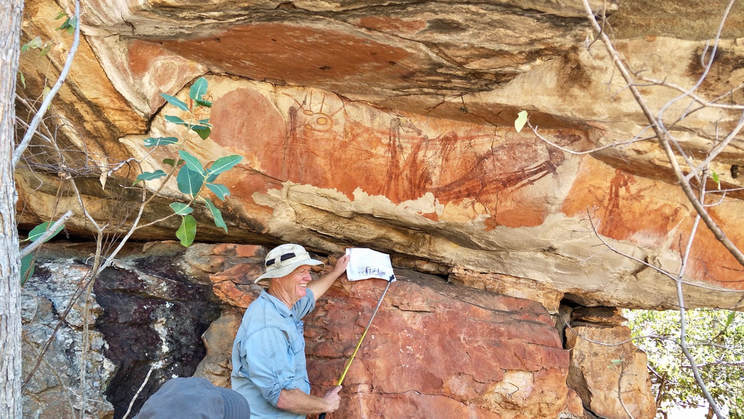 Gib Wettenhall explaining the significance of 'Gwion Gwion' known as the Bradshaw Paintings. Photo Gib Wettenhall. Click image to find out more Gib Wettenhall explaining the significance of 'Gwion Gwion' known as the Bradshaw Paintings. Photo Gib Wettenhall. Click image to find out more Australia’s landscapes are as much cultural as natural. People were everywhere, affecting everything, across the length and breadth of the continent over an unimaginable timescale, recently confirmed at an archaeological dig on our northern frontline at some 60,000 years ago. That’s the conclusion of historian Billy Griffiths in his acclaimed new book on the history of Australian archaeology, Deep Time Dreaming. This primal Indigenous spiritual power is still evident in the country’s remote places. I have recently rock hopped for two weeks along the Roe River and scaled the blood-red gorges of the Prince Regent National Park on the western edge of the Kimberley. At every one of the waterfalls punctuating our progress, rock art shelters crowded with ancestral beings and creation stories overlooked the dark, deep green of secret/sacred pools. On gorge tops, artificially-placed standing stones act as markers, sometimes leading to ceremonial grounds, where, if you are willing to pay attention, the ancient power of the land and its people remains palpable. 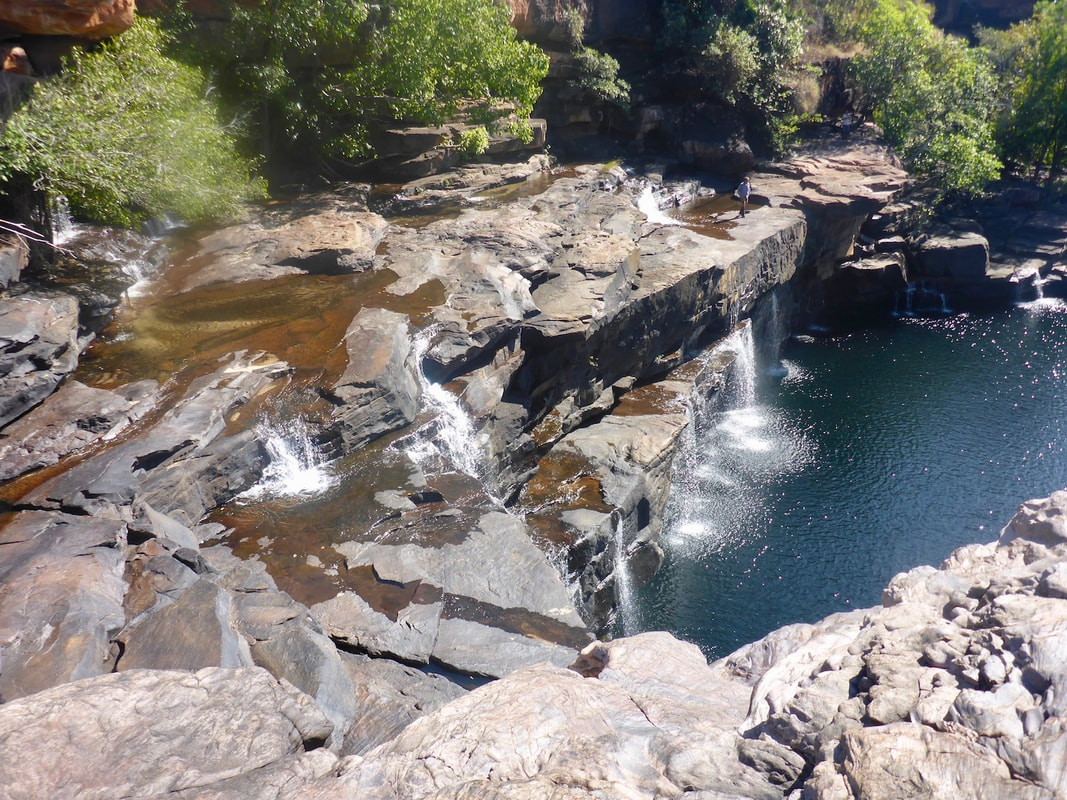 At every one of the waterfalls punctuating our progress, rock art shelters crowded with ancestral beings and creation stories overlooked the dark, deep green of secret/sacred pools. Photo Gib Wettenhall At every one of the waterfalls punctuating our progress, rock art shelters crowded with ancestral beings and creation stories overlooked the dark, deep green of secret/sacred pools. Photo Gib Wettenhall The world is being undone before us I agree with writer Richard Flanagan, who recently said at the Yolngu people’s Garma Festival, we are at a crossroads as a nation. “The world is being undone before us… Our bewilderment with the greater world we live in is buttressed by our determined ignorance of our own country.” If Australians do not reimagine and reinvent our culture, then we will be undone too. We must fill the silent spaces of the past and acknowledge a far older and richer culture than the Western civilisation brought to Australia by the British. Where the Western tradition regards land as something that can be bought and sold, Indigenous people have a much more intimate, reciprocal relationship. As animists, Indigenous people right around the globe, regard themselves as the land’s custodians not its owners. Yuval Noah Harari describes in Sapiens how such custodianship brings with it responsibilities to care for and cherish their patch and everything that is part of it. 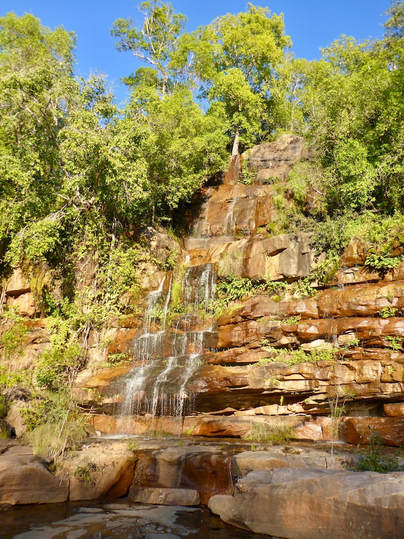 That rock at the top of the hill, the trees that clothe it, that flowing stream, the animals that drink there – all are living things with souls. Photo Gib Wettenhall That rock at the top of the hill, the trees that clothe it, that flowing stream, the animals that drink there – all are living things with souls. Photo Gib Wettenhall Animating the landscape with songlines Each child is given a totem – a plant, animal or natural object – that links him or her to the natural world. Totems act as guides. They have to be shown respect and actively nurtured to ensure continued fecundity of plants and animals and a world that is healthy and alive. Animating the landscape is done through ceremony. To the animist, everything has awareness and feelings. No distinction exists between humans and animals or even mountains and gullies, beaches or the sea. That rock at the top of the hill, the trees that clothe it, that flowing stream, the animals that drink there – all are living things with souls. Singing, dancing and painting act as the medium for linking people to the natural world and keeping it alive. Every totem, every place, every insect, has a creation story attached to it. Strung together, the creation stories form songlines. Each person who develops the abilities to sing, dance and paint the patterns of their songline gains a source of identity, power and a comprehensive map and archive of all that their landscape contains. The wild honey bee songline might climax by pointing to a sacred site where honey spills out, emerging as a freshwater spring. The parrotfish songline tells you where they can be caught and how to cook them. In the dry hot season, two sisters who became stars sit far apart. In the cooler months, they can be seen together, sitting around one big fire. 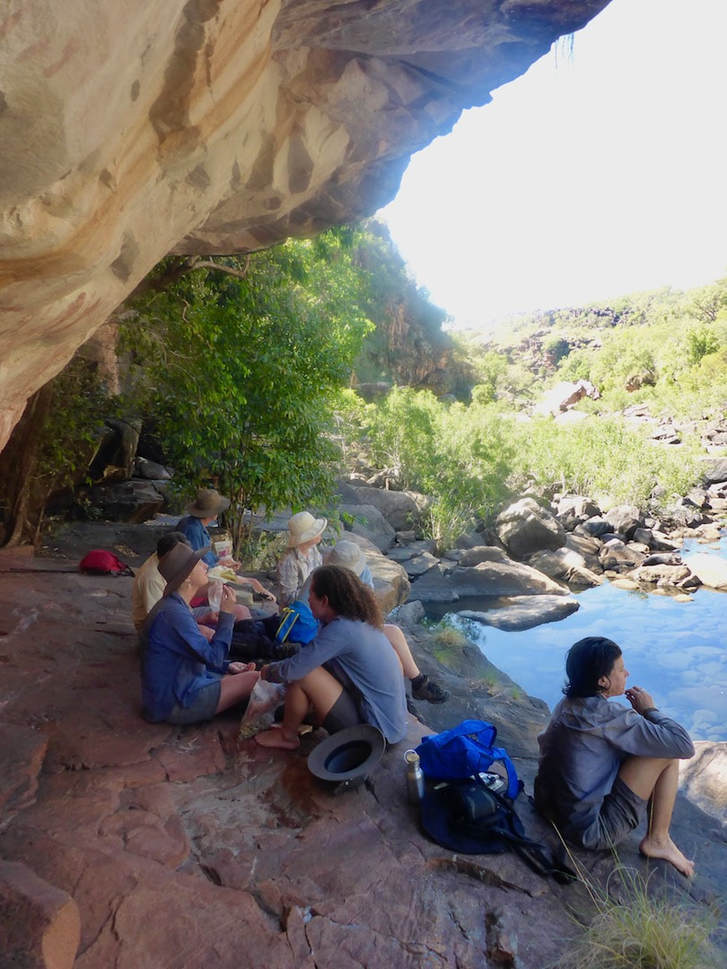 A group of trekkers pausing to experience the ambiance of a sacred place in the Kimberley. Photo Gib Wettenhall A group of trekkers pausing to experience the ambiance of a sacred place in the Kimberley. Photo Gib Wettenhall At the dawn of creation there was the dreaming In the Memory Code, author Lyn Kelly highlights how oral cultures discovered that the best way to avoid Chinese whispers and to pass on knowledge unerringly over generation after generation is by attaching vivid stories to specific features of place. Whether it’s via the uniquely distinctive menhirs in the circles at Stonehenge or the sinuous line of rocks depicting the Rainbow Serpent on a sacred Aboriginal performance space. In Australia, the Indigenous peoples most sacred and profound beliefs centre on the Dreaming. At the dawn of creation, it was the ancestor beings – some human, some beast – who brought what was previously barren land to life. As they journeyed, the ancestor beings sang about their experiences and the creatures they encountered, giving out names and passing on knowledge, much of it essential to survival. At the end of their journeys across land and sea, the ancestor beings left aspects of themselves behind transformed into part of the landscape. 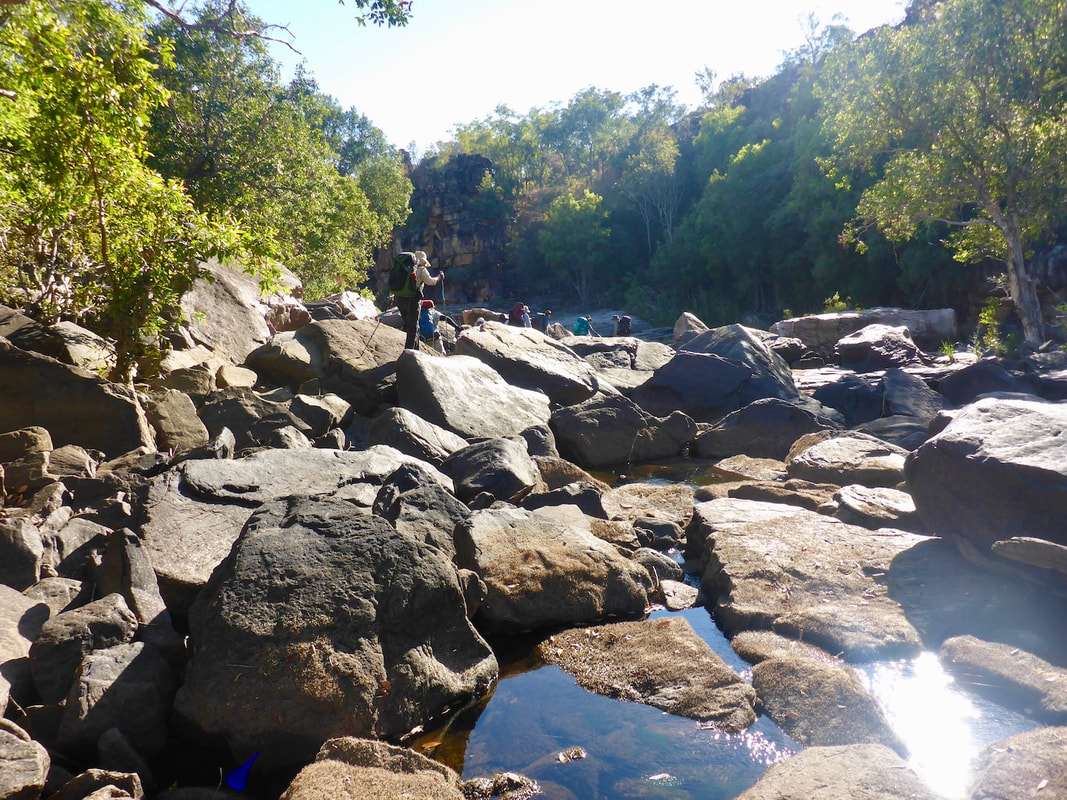 "We could learn from their 60,000 years of honing their land management skills and move to adopt animist aspects of their culture". Photo Gib Wettenhall "We could learn from their 60,000 years of honing their land management skills and move to adopt animist aspects of their culture". Photo Gib Wettenhall How about some 'black on white' for a change So, Aboriginal stories and songlines are written on land and sea. As aide memoires, they are rooted in place, set in rhyming couplets or quatrain form, aligned to particular songs and dance movements, and to patterns painted in rock art shelters or on performers’ bodies. It’s a brilliant system for connecting people to place, as well as providing a map of how to live. Over 20 years from 1932, T.G.H. Strehlow journeyed through Central Australia collecting 4,270 Aranda song verses. While he had immersed himself in the study of the founding legends of Western civilisation at European universities, he eventually concluded that the Aboriginal songlines represented a far more impressive poetic achievement. Moreover, when regularly performed, they held “a vital function in daily life.” Clearly, we cannot appropriate Aboriginal songlines. We can, however, go further than simply acknowledging their culture. We could learn from their 60,000 years of honing their land management skills and move to adopt animist aspects of their culture, aiming to enrich the shallowness of the existing dominant Anglo-Australian culture. A Yolngu elder once arrestingly remarked to me that all they ever heard from the “dominant culture” was “white on black.” “What do you mean?” I responded. “The politicians and most white people are always quick to tell us how we should change and improve ourselves. Don’t you think it’s time the dominant culture acknowledged their destructive footprint and turned in our direction for some black on white?” Yes, I do. 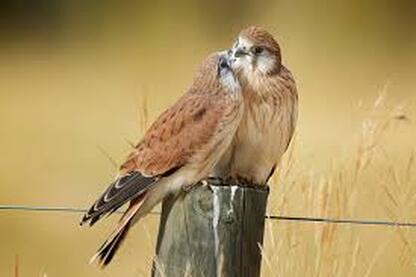
1 Comment
Steve
26/7/2020 11:57:59 am
Hi Gib,
Reply
Leave a Reply. |
Click on the image below to discover 'Recreating the Country' the book.
Stephen Murphy is an author, an ecologist and a nurseryman. He has been a designer of natural landscapes for over 30 years. He loves the bush, supports Landcare and is a volunteer helping to conserve local reserves.
He continues to write about ecology, natural history and sustainable biorich landscape design. 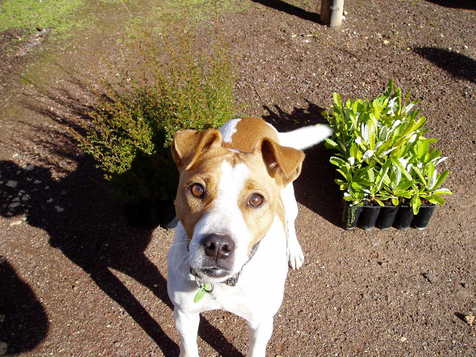
|
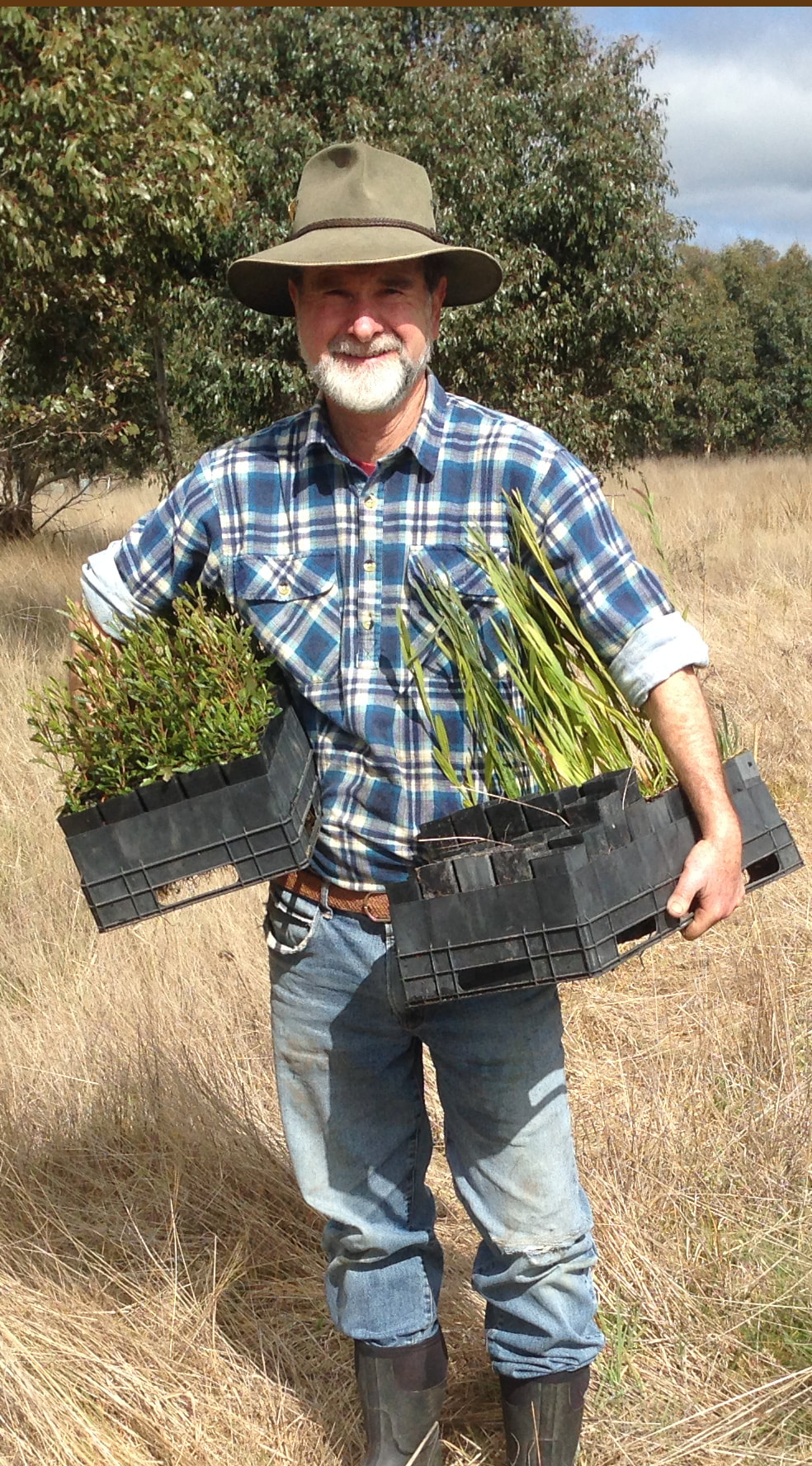

 RSS Feed
RSS Feed
